
浅析中空玻璃丁基胶内溢及改善方法
时间:2025-10-07 来源:http://www.jncsjx.com/ 发布人:昌盛机械
中空玻璃丁基胶中空玻璃丁基胶即中空玻璃用丁基热熔密封胶,是以丁基橡胶、聚异丁烯为基料,配以少量的辅料,经过高温、捏合、真空搅拌而制成。它属于热塑性中空玻璃密封胶,是中空玻璃的第一道密封,其主要作用有二:一是预固定间隔框和玻璃,起粘结作用;二是保持中空玻璃的密封性(水汽的渗透或惰性气体的泄露),延长中空玻璃的使用寿命。1
Hollow glass butyl rubber, also known as butyl hot melt sealant for insulating glass, is made from butyl rubber and polyisobutene as base materials, with a small amount of auxiliary materials, and is processed through high temperature, kneading, and vacuum stirring. It belongs to thermoplastic insulating glass sealant and is the first seal of insulating glass. Its main functions are twofold: first, to pre fix the spacer frame and glass, and to provide bonding; The second is to maintain the sealing of the insulating glass (due to the penetration of water vapor or leakage of inert gases), and extend the service life of the insulating glass. one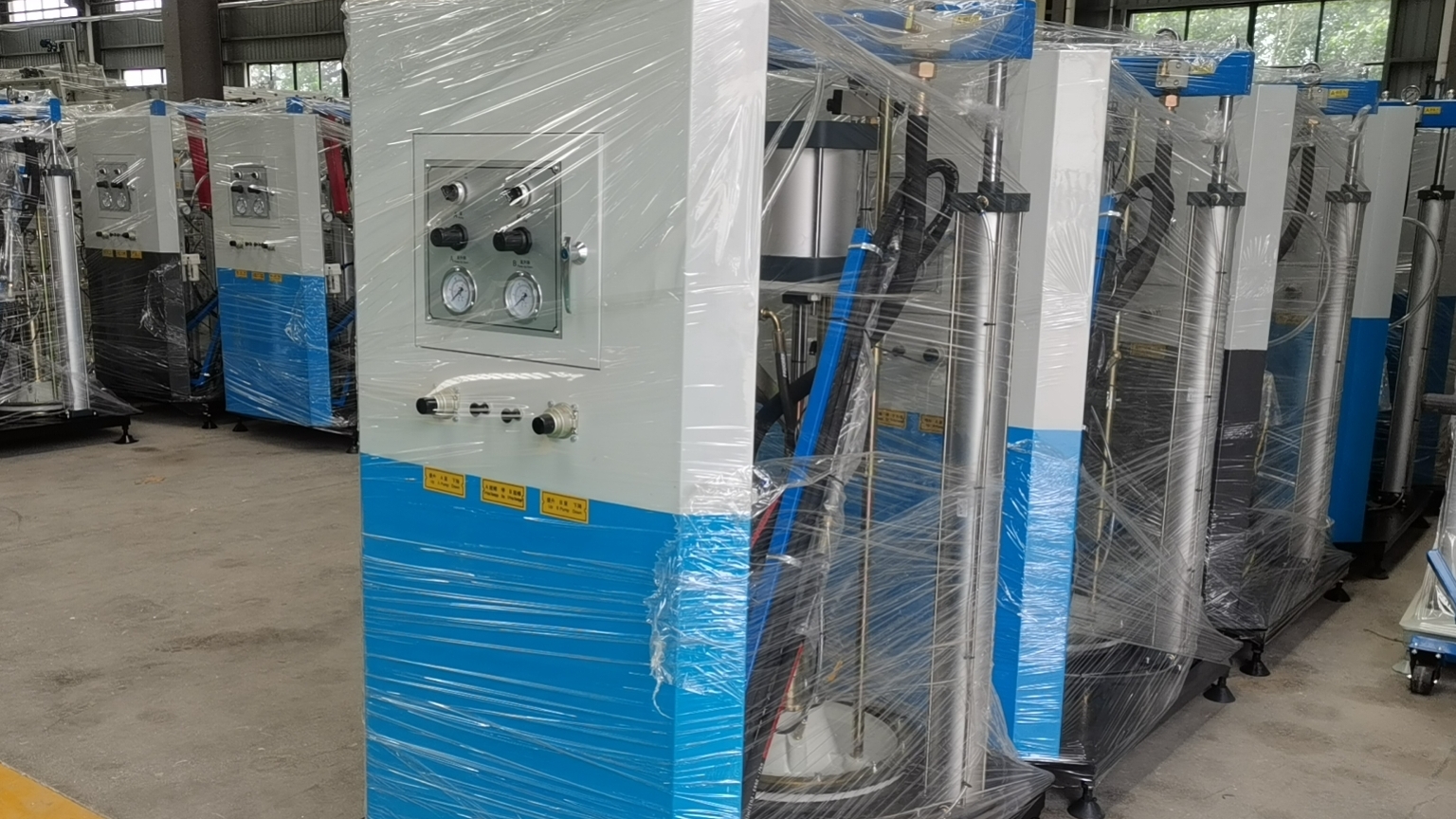
丁基密封胶的主要特性(1)具有永久塑性中空玻璃上墙后会因为温度和风荷载影响发生泵吸效应。因丁基胶具备永久的塑性,故丁基胶随着腔体内气体的膨胀而拉伸,随着腔体内气体的收缩而回弹,确保中空玻璃腔体的不间断密封。(2)与其它密封胶对比,丁基密封胶水蒸气渗透率极低,密封性能优异。(3)剪切强度较高丁基胶对基材(玻璃、铝及不锈钢等)的黏合性较强,抵抗剪切滑动的能力较高,中空玻璃预压以后可承载一定重量的大片玻璃的下片,一定时间内不易滑片或坠片。2丁基密封胶典型内溢案例丁基胶内溢不仅仅是外观质量问题,在中空玻璃长期使用过程中,内溢处往往也是密封薄弱处。丁基胶内溢后无法完全复位,密封性能无法保证,从而导致水汽从玻璃边部进入腔体内,造成中空玻璃失效,Low-E膜层出现氧化(图1)。图1 某项目中空玻璃丁基胶内溢处膜层氧化3丁基胶内溢原因分析及改善建议(1)生产因素为保证产品出厂初始外观质量,中空玻璃生产时一般要求丁基胶压满铝条不留白,不留伸缩移变空间,故丁基胶往往用量偏大和涂布偏上限,后期经过储存、运输、安装,极易造成丁基胶内溢。改善建议:①常规铝间隔条侧面宽度一般为5 mm,建议生产时丁基胶涂布宽度4 mm,铝条边部两边各预留0.5 mm左右铝条露白,确保经过中空预压后丁基胶能完全覆盖铝条,不产生内溢现象。②丁基胶涂布宽度与丁基胶涂布机的温度、气压、打胶速度相关。建议丁基胶涂布机挤出温度控制在110~130 ℃,气压20 MPa左右,打胶速度35 m/min左右,不同的设备参数会有差异,所有的参数设置目的是为了保证合适的丁基胶用量及与基材的粘接性能。③丁基胶涂布应均匀、连续,单边重量应为3~4 g/m为宜。④铝间隔条角部位置是丁基胶涂布交汇处,也是最容易出现内溢的地方,需要进行适当的捏合处理,避免胶量过大。(2)储存、运输因素外道胶未固化即打包、玻璃堆放不合理、打包带过紧等因素也易造成丁基胶内溢。改善建议:①玻璃生产完成后宜静止状态存放在玻璃架上48 h以上,待外道密封胶彻底固化后,发货装车前再进行包装或打包。②木箱包装,玻璃摆放顺序应从大到小码放,玻璃与玻璃之间应垫软木垫隔离,软木垫位置均匀间隔,以免局部集中受力而导致丁基胶内溢。③打包带应固定在木箱上,不宜直接固定在玻璃上,避免打包带单点受力将玻璃挤压变形,造成局部丁基胶内溢。④包装好的玻璃在运输过程中应将玻璃架或木箱固定牢固,避免道路颠簸或刹车造成玻璃碰撞或移动。玻璃架或木箱固定时,固定绳不应压到玻璃,以免玻璃运输过程中局部受力,造成中空玻璃丁基胶内溢甚至间隔条变形,影响密封性能。(3)安装因素幕墙安装时,压块过紧,易造成中空玻璃在使用过程中丁基胶局部内溢。门窗玻璃安装时,不能为了防止玻璃颤动,一味地强力夹紧玻璃,不预留物体热胀空间,导致后期因受热膨胀,丁基胶被挤压变形而内溢。改善建议:①安装时,注意玻璃压块、窗框扣条、密封胶条的松紧度适中。②玻璃的板面大小、厚度要通过强度、挠度进行专业计算,按照安全玻璃的设计规范设计和生产,避免因玻璃板面过大、厚度偏薄而引起的中空影像变形或玻璃颤动。(4)气候因素①温度因素中空玻璃在日常使用过程中,由于受环境温度变化影响,会出现泵吸效应,中空腔内气体会产生膨胀或收缩,在气体膨胀或收缩时,玻璃会产生向外或向内的挠曲变形。用于内道密封的丁基胶属于柔性材料,而铝条属于刚性材料,在中空玻璃不断挠曲变形的挤压作用下,丁基胶在腔体内侧蠕动并产生剥离或内溢(图2、图3)。图2 腔体膨胀图3 腔体收缩②风荷载因素以尺寸为1.5 m×2.4 m,厚度为8 mm+12A+8 mm的钢化中空玻璃为例,在50 m标高成都地区风荷载作用下,玻璃挠度计算值为7.47 mm,玻璃的形变明显,对丁基胶产生挤压作用,变形越大作用力越大,丁基胶内溢越明显。③气压因素中空玻璃的生产地与使用地存在海拔差异,大气压力产生变化,中空腔内外气压差造成中空玻璃腔体膨胀或收缩,亦会导致丁基胶内溢。综上,造成丁基胶内溢原因较多,生产、储存、运输、安装中均要特别注意。除可控因素外,中空玻璃丁基胶由于固有的永久塑性,在高温、高压作用下,均会随着玻璃的运动产生蠕动,导致在正常使用过程中缓慢发生内溢现象,是可避免的。
The main characteristic of butyl sealant is that (1) it has permanent plastic properties, and after being installed on the wall, it will experience pumping effect due to temperature and wind load. Due to the permanent plasticity of butyl rubber, it stretches with the expansion of gas inside the cavity and rebounds with the contraction of gas inside the cavity, ensuring uninterrupted sealing of the hollow glass cavity. (2) Compared with other sealants, butyl sealant has extremely low vapor permeability and excellent sealing performance. (3) Butyl adhesive has high shear strength and strong adhesion to substrates such as glass, aluminum, and stainless steel. It has a high ability to resist shear sliding. After preloading, insulating glass can bear a certain weight of large pieces of glass, and it is not easy to slide or fall off for a certain period of time. A typical case of internal overflow of 2-butyl sealant: Internal overflow of butyl sealant is not only a problem of appearance quality, but also a weak sealing point in the long-term use of insulated glass. After the butyl rubber overflows, it cannot be completely reset, and the sealing performance cannot be guaranteed, resulting in water vapor entering the cavity from the edge of the glass, causing the hollow glass to fail and the Low-E film layer to oxidize (Figure 1). Figure 1 Analysis and improvement suggestions for the oxidation of the film layer at the overflow of butyl rubber in a certain project's insulated glass. (1) Production factors: In order to ensure the initial appearance quality of the product before leaving the factory, it is generally required that the butyl rubber be fully pressed onto the aluminum strip during the production of insulated glass without leaving any space for expansion or contraction. Therefore, the amount of butyl rubber used is often too large and the coating limit is too high. After storage, transportation, and installation in the later stage, it is easy to cause internal overflow of butyl rubber. Improvement suggestion: ① The width of the side of the conventional aluminum spacer strip is generally 5 mm. It is recommended to apply butyl rubber with a width of 4 mm during production, and reserve about 0.5 mm on each side of the aluminum strip edge to ensure that the butyl rubber can completely cover the aluminum strip after hollow preloading without internal overflow. ② The width of butyl rubber coating is related to the temperature, air pressure, and gluing speed of the butyl rubber coating machine. It is recommended to control the extrusion temperature of the butyl rubber coating machine at 110-130 ℃, the air pressure at around 20 MPa, and the gluing speed at around 35 m/min. Different equipment parameters may vary, and the purpose of setting all parameters is to ensure the appropriate amount of butyl rubber and the adhesion performance with the substrate. ③ The application of butyl rubber should be uniform and continuous, and the weight on one side should be 3-4 g/m. ④ The corner position of the aluminum spacer strip is the intersection of butyl rubber coating, which is also the most prone to internal overflow. It needs to be properly kneaded to avoid excessive rubber volume. (2) Storage and transportation factors such as uncured outer layer glue before packaging, unreasonable stacking of glass, and tight packaging tape can also easily cause internal overflow of butyl rubber. Improvement suggestion: After the completion of glass production, it is advisable to store it in a static state on a glass rack for more than 48 hours. After the outer sealant is completely cured, it should be packaged or packed before shipment and loading. ② Wooden box packaging, glass should be placed in order from large to small, and cork pads should be placed between glass to isolate them. The cork pads should be evenly spaced to prevent local concentrated stress from causing internal overflow of butyl rubber. ③ The packing tape should be fixed on the wooden box and should not be directly fixed on the glass to avoid deformation of the glass caused by single point force on the packing tape, resulting in local overflow of butyl rubber. ④ The packaged glass should be securely fastened to the glass frame or wooden box during transportation to avoid collision or movement caused by road bumps or braking. When fixing the glass frame or wooden box, the fixing rope should not be pressed against the glass to avoid local stress during glass transportation, which may cause the butyl rubber of the insulated glass to overflow or even deform the spacer strip, affecting the sealing performance. (3) During the installation of curtain walls, if the pressure blocks are too tight, it is easy for the butyl rubber to overflow locally during the use of the insulated glass. When installing door and window glass, it is not advisable to forcefully clamp the glass without reserving space for thermal expansion in order to prevent glass vibration. This may cause the butyl rubber to be squeezed and deformed due to thermal expansion in the later stage, resulting in internal overflow. Improvement suggestion: ① During installation, pay attention to the moderate tightness of glass pressure blocks, window frame fasteners, and sealing strips. ② The size and thickness of the glass surface should be professionally calculated based on strength and deflection, and designed and produced according to the design specifications of safety glass to avoid hollow image deformation or glass vibration caused by the glass surface being too large or too thin. (4) Climate factor ① Temperature factor: During daily use, insulated glass may experience a pumping effect due to changes in environmental temperature. The gas inside the cavity will expand or contract, causing the glass to undergo outward or inward bending deformation during gas expansion or contraction. The butyl rubber used for internal sealing is a flexible material, while the aluminum strip is a rigid material. Under the continuous bending and deformation of the hollow glass, the butyl rubber crawls inside the cavity and produces peeling or overflow (Figure 2, Figure 3). Figure 2 Chamber Expansion Figure 3 Chamber Shrinkage ② Wind Load Factor Taking a tempered insulating glass with a size of 1.5 m × 2.4 m and a thickness of 8 mm+12A+8 mm as an example, under the wind load in the Chengdu area at an elevation of 50 m, the calculated deflection of the glass is 7.47 mm. The deformation of the glass is significant, and it exerts a squeezing effect on the butyl rubber. The larger the deformation, the greater the force, and the more obvious the overflow of the butyl rubber. ③ There is an altitude difference between the production and use areas of insulated glass due to air pressure factors, which causes changes in atmospheric pressure. The pressure difference between the inside and outside of the hollow cavity causes the hollow glass cavity to expand or contract, and can also lead to overflow of butyl rubber. In summary, there are many reasons for the overflow of butyl rubber, and special attention should be paid to production, storage, transportation, and installation. In addition to controllable factors, due to its inherent permanent plasticity, butyl rubber for insulating glass will undergo creep with the movement of the glass under high temperature and high pressure, resulting in slow internal overflow during normal use, which can be avoided.
4
four
如何从源头解决丁基胶内溢丁基胶内溢问题,虽属于正常现象,但是也成为了行业痛点及投诉焦点。各原材料厂家和科研机构,为了满足客户不断对高质量产品的要求,一直致力于研发新的防内溢结构丁基胶和复合材料产品。丁基胶内溢与丁基胶永久塑性相关,所以只有改变传统丁基胶+刚性间隔条的密封方式,才能从源头解决丁基胶内溢的问题。热塑性间隔密封胶(Thermo Plastic Spacer Sealant),简称TPSS,是以聚异丁烯、丁基橡胶和具有干燥气体功能的材料等制成,需热涂敷挤出成型,具有间隔支撑及干燥等功能的中空玻璃用密封材料,是一种一体化中空玻璃密封工艺,它代替了普通中空玻璃的丁基胶、刚性间隔条和分子筛(图4)。
How to solve the problem of internal overflow of butyl rubber from the source, although it is a normal phenomenon, has also become a pain point and complaint focus in the industry. Various raw material manufacturers and research institutions have been committed to developing new anti overflow structural butyl rubber and composite material products to meet customers' continuous demands for high-quality products. The overflow of butyl rubber is related to the permanent plasticity of butyl rubber, so only by changing the traditional sealing method of butyl rubber+rigid spacer strip can the problem of butyl rubber overflow be solved from the source. Thermo Plastic Spacer Sealant, abbreviated as TPSS, is a sealing material for insulating glass made of polyisobutene, butyl rubber, and materials with drying gas function. It requires hot coating and extrusion molding, and has functions such as spacing support and drying. It is an integrated insulating glass sealing process that replaces the butyl rubber, rigid spacer strips, and molecular sieves of ordinary insulating glass (Figure 4).
间隔条结构对比热塑性间隔密封胶按照胶体是否具有交联特征分为非反应型间隔密封胶(TPSS-NR)和反应型间隔密封胶(TPSS-R)。非反应型间隔密封胶,胶体线性分子链段无交联固化特征,与玻璃和第二道密封胶无化学粘接特性,只能与聚硫类密封胶配套使用,适用于有框中空玻璃的生产。反应型间隔密封胶,胶体分子链段有交联固化特征,与玻璃和第二道密封胶有化学粘接特性,密封性更好,强度更高,弹性可恢复,适用于门窗和幕墙中空玻璃。反应型间隔密封胶(TPSS-R)与玻璃和外道密封胶形成铰链反应,化学粘接,边部形成了一个弹性整体(图5),会随腔体内气体膨胀而膨胀,随腔体内气体收缩而收缩,从源头避免了因泵吸效应产生的丁基胶内溢现象。图5 弹性整体反应型间隔密封胶(TPSS-R),不存在内溢及撕裂等情况,在化学粘接的作用下,本体以及粘接面不存在漏气通道,中空玻璃的密封性能更强、更持久,产品使用寿命为25年以上,高于中空玻璃国家标准规定的至少15年,满足现今对于材料与建筑物同周期的追求,也是目前行业内丁基胶防内溢的有效方法之一。
Comparison of spacer structures: Thermoplastic spacer sealants are divided into non reactive spacer sealants (TPSS-NR) and reactive spacer sealants (TPSS-R) based on whether the gel has cross-linking characteristics. Non reactive interval sealant, colloidal linear molecular chain segments without cross-linking and curing characteristics, no chemical bonding properties with glass and second sealant, can only be used in conjunction with polysulfide sealant, suitable for the production of framed insulating glass. Reactive interval sealant, with cross-linking and curing characteristics of colloidal molecular chain segments, has chemical bonding properties with glass and second sealant, better sealing performance, higher strength, and recoverable elasticity, suitable for hollow glass in doors, windows, and curtain walls. The reactive spacer sealant (TPSS-R) forms a hinge reaction with the glass and outer sealant, chemically bonding and forming an elastic whole at the edges (Figure 5). It expands with the gas inside the cavity and contracts with the gas inside the cavity, avoiding the phenomenon of butyl rubber overflow caused by pumping effect from the source. Figure 5 Elastic integral reactive spacer sealant (TPSS-R) has no internal overflow or tearing. Under the action of chemical bonding, there is no air leakage channel on the body and bonding surface. The sealing performance of insulated glass is stronger and more durable. The product has a service life of more than 25 years, which is at least 15 years higher than the national standard for insulated glass. It meets the current pursuit of materials and buildings with the same cycle and is also one of the effective methods for preventing internal overflow of butyl rubber in the industry.
本文由 中空玻璃生产线 更多有关的知识请点击 http://www.jncsjx.com/ 真诚的态度.为您提供为全面的服务.更多有关的知识我们将会陆续向大家奉献.敬请期待.
For more information about the insulating glass production line, please click on this article http://www.jncsjx.com/ Sincere attitude To provide you with comprehensive services We will gradually contribute more relevant knowledge to everyone Coming soon.
- 中空玻璃生产线有哪些设备组成呢 2025/11/27
- 全自动铝条折弯机:中空玻璃一体折弯铝条和插角拼接的区别? 2025/11/25
- 玻璃涂布机设备出胶不均匀怎么办? 2025/11/24
- 丁基胶涂布机的胶阀滴漏原因 2025/11/23
- 全自动丁基胶涂布机胶缸不进不退怎么解决? 2025/11/22
- 立式丁基胶涂布机胶水出胶断断续续应该怎样办 2025/11/21
- 卧式丁基胶涂布机的中空丁基胶机胶头螺丝起什么作用? 2025/11/20
- 中空玻璃丁基胶涂布机常见故障排除方法 2025/11/19
- 双组份打胶机打胶不饱满怎么解决? 2025/11/18
- 全自动铝条折弯的折弯尺寸不准怎么回事 2025/11/17

 当前位置:
当前位置: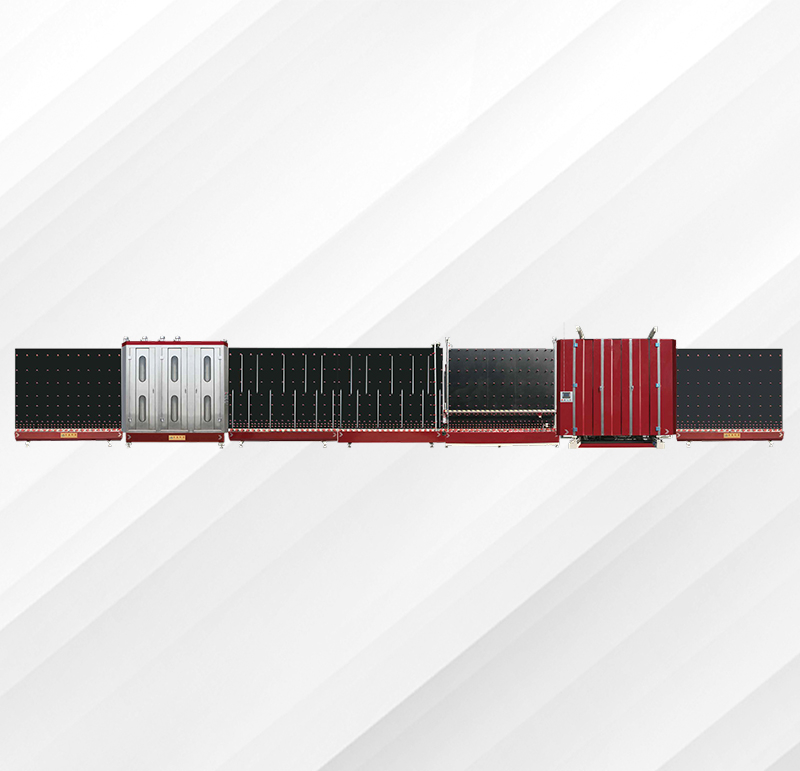
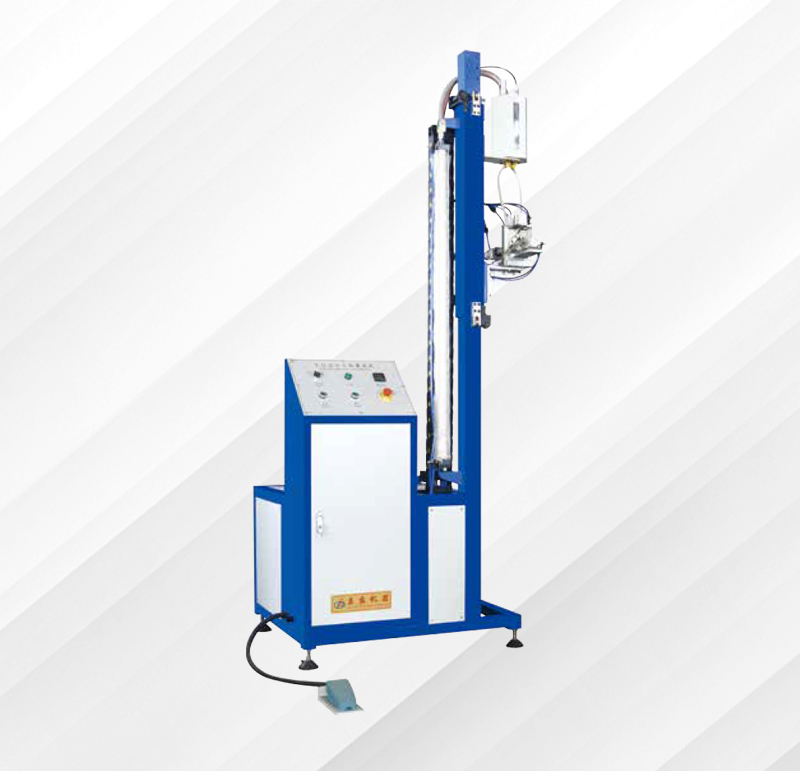
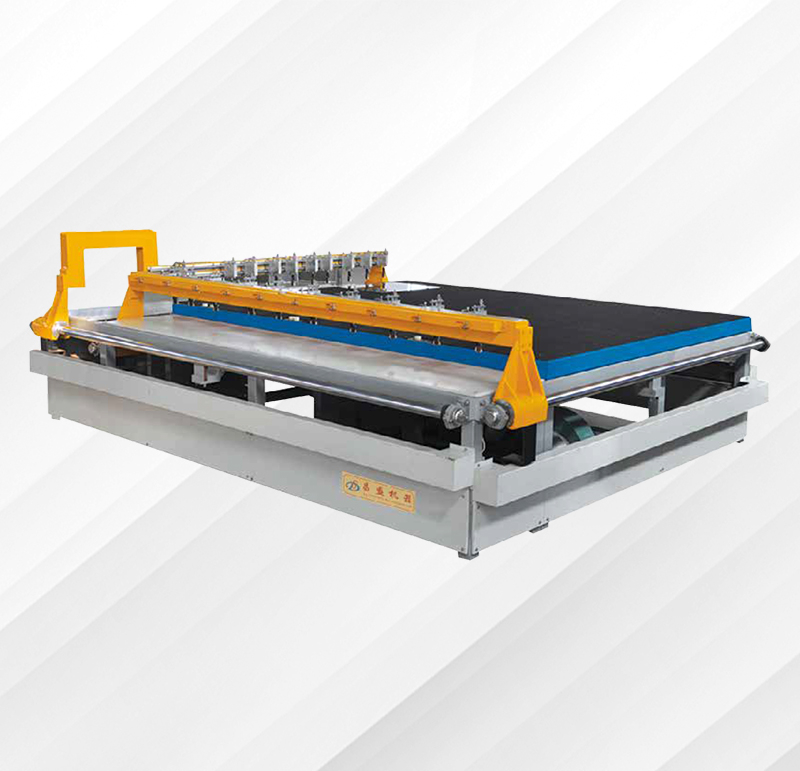
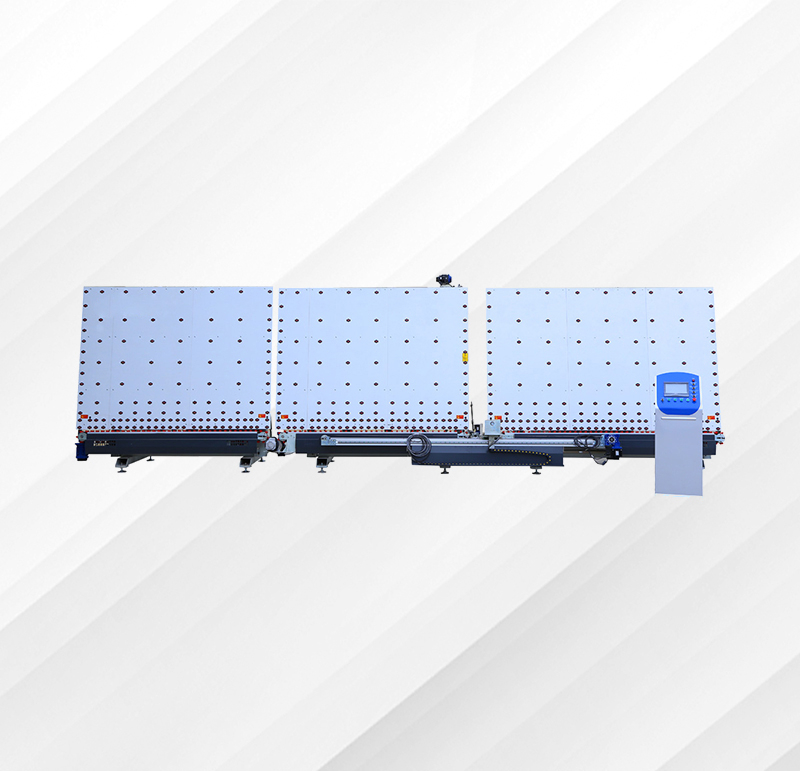
 产品分类Product categories
产品分类Product categories
 联系我们Contact us
联系我们Contact us
